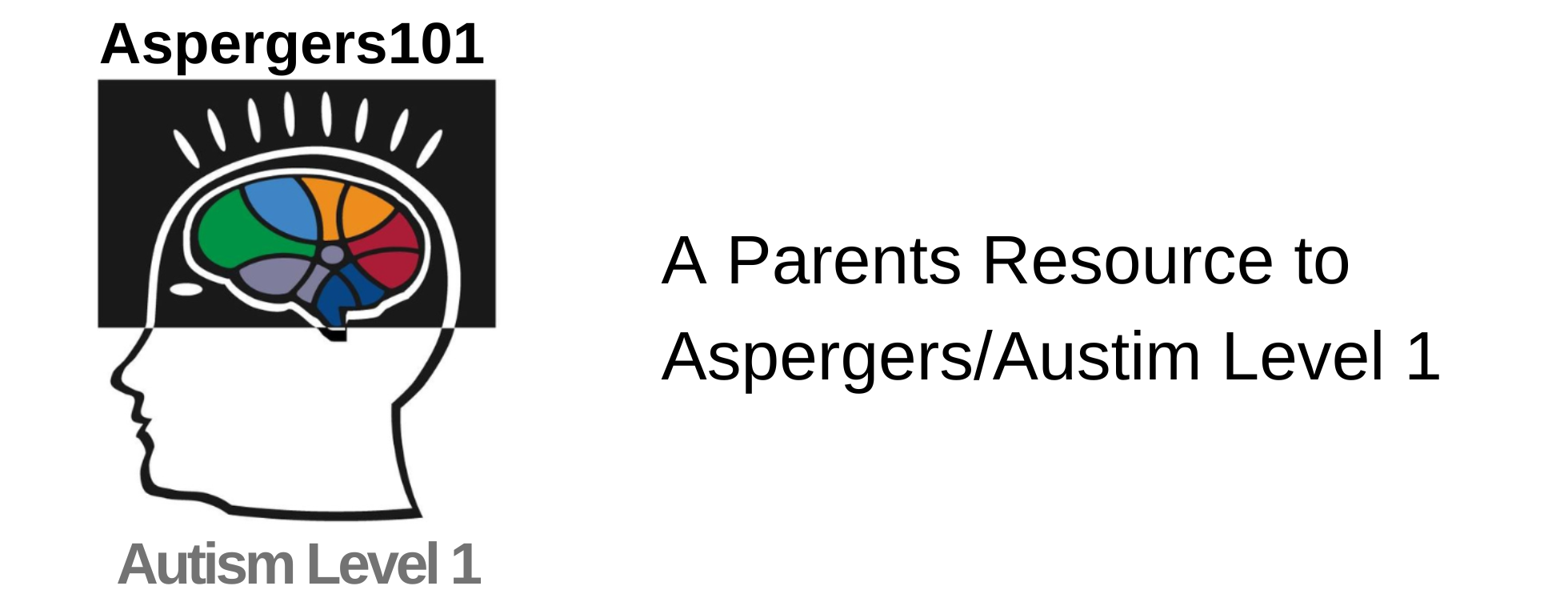While the word “punish” often conjures up bad thoughts for parents and professionals, punishment and reinforcement are key when looking at behavior change through ABA. Punishment in ABA decreases the chances that a particular behavior will occur again, as opposed to reinforcement which increases the likelihood of behavior.
Let’s look at the behavior analytic definitions of punishment specifically:
Positive Punisher
- Positive punishers may occur naturally in one’s environment. A child pets a strange dog and gets bit on the finger causing pain. After this occurs, the child does not pet strange dogs. That is considered a positive punisher because the bite/pain (presented stimulus) decreased petting strange dogs (outcome).
- A parent can use positive punishment as well: siblings are fighting; mom yells “stop it right now!” and the kid’s reaction is to end the fighting. Mom provides the stimulus of yelling, which decreases future occurrence of fighting.
Negative Punisher
- A negative punisher would be when the removal of a toy ends the fighting between two children. This removal decreases chance of it happening in future.
- “Time out” is also considered a negative punishment. When used correctly, it removes all reinforcement from the immediate environment resulting in a decrease in future occurrence of the punished behavior.
When looking at behavior change, it is important to discriminate between reinforcers and punishers. Reinforcement will always increase the occurrence of behavior and punishment will always decrease the occurrence of behavior.
|
Positive Reinforcement: Present stimulus, which increases chances of future occurrence |
Negative Reinforcement: Remove stimulus, which increases chances of future occurrence |
| Positive Punishment: Present stimulus, which decreases chance of future occurrence |
Negative Punishment: Remove stimulus, which decreases chances of future occurrence |
Simple tips:
- Make sure your punisher is not accidentally reinforcing a behavior. If you are not seeing the behavior change in the direction you desire, change you tactic.
- Check your ABCs of ABA (antecedent-behavior-consequence) to ensure the antecedent and consequence are changing the behavior.
- Remember the function of the behavior. For example: if the function of the challenging behavior is to escape a task, using “time out” as a punishment is actually a reinforcer. Therefore, you will see an increase in the unwanted behavior rather than a decrease.
- Use reinforcement as much as possible. We know if reinforcement is used consistently and correctly behavior change will occur without the use of punishment. Catch them being good! In most cases, use punishment as a last resort.
by Megan Kunze, MA, BCBA
Providing the weekly Medical Blogs are the team of professionals, doctors, occupational and behavioral therapists at San Antonio’s premiere Autism Diagnostic Clinic, the Autism Community Network.
Contributors include:
Executive Director Dr. Loree Primeau
Medical Director Dr. A Patricia Del Angel
Training and Research Director Dr. Berenice de la Cruz
Carrie Alvarado, OTR, PhD©, DIR/Floortime-Certified
Lupe Castaneda, MS, BCBA
Adriana Sanchez, MA, BCBA
Dr. Gayla Aguilar, OTR, OTD, C-SIPT
Megan Kunze, MA, BCBA
The ACN teams works to maximize the potential of children with autism through their administrative, clinic, training and development departments. Their expertise on Aspergers Syndrome is offered to you through aspergers101.com.




I believe you provide a very accurate description of the procedure.
For future publications, it would be helpful if you could provide references to studies and theories from which you are basing your definitions! :)
What you’re talking about sounds like natural consequences of behaviors. But the negative connection of the words punishment or punisher is extremely off putting. It can also set up a power struggle between the punisher and the punished. Consequences that would naturally occur or can follow the logical outcome of a behavior takes away the power struggles. It can be seen and enforce learning of acceptable behaviors to grow and build on
Within the autistic community there is a growing resistance to ABA, with lot of complaints around abuse of autistic clients. If there are issues it might be best to address them openly. The pros and cons of ABA probably should be described in an article such as this one, instead of presenting a description that reads like a Psychology textbook.